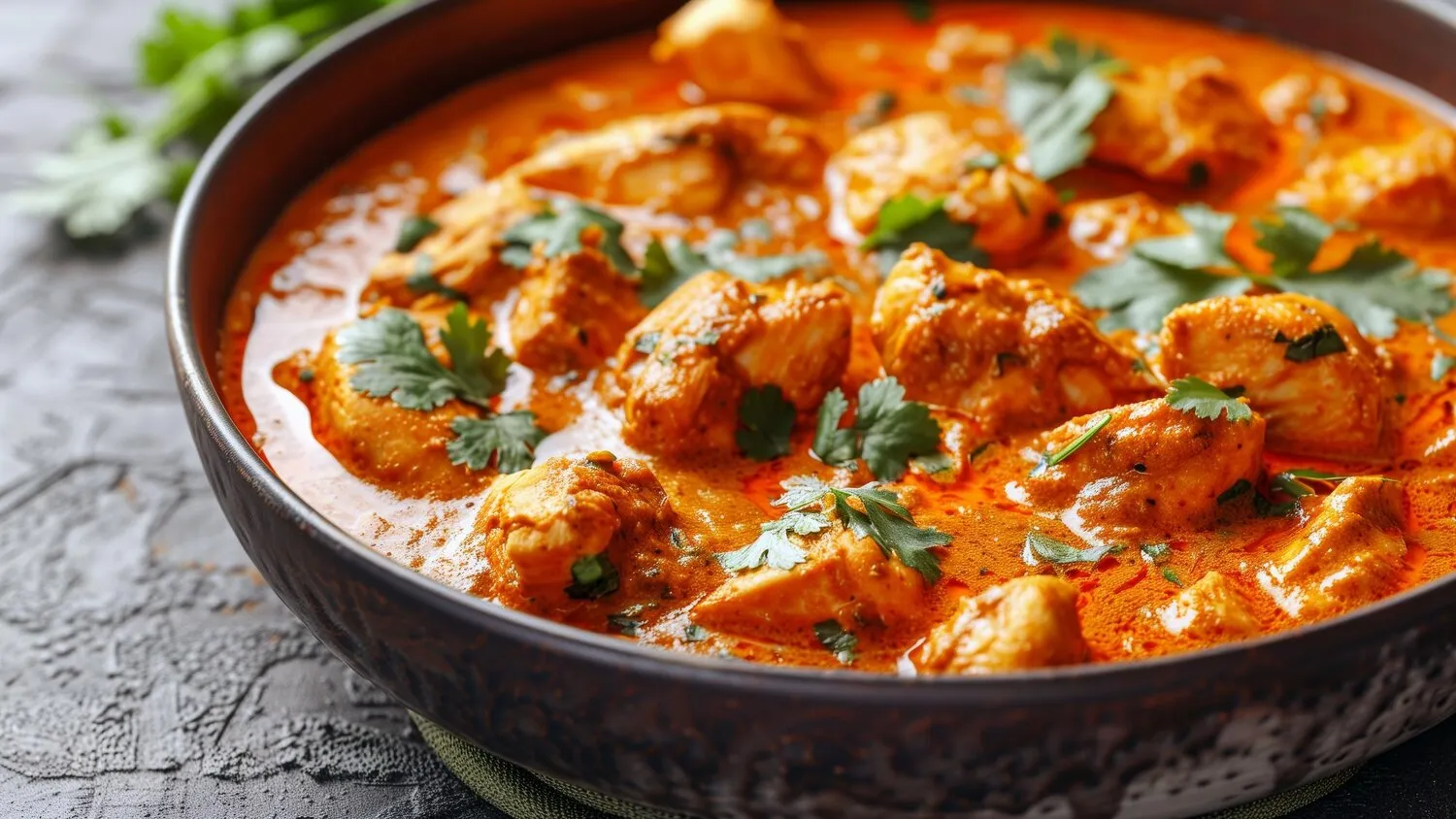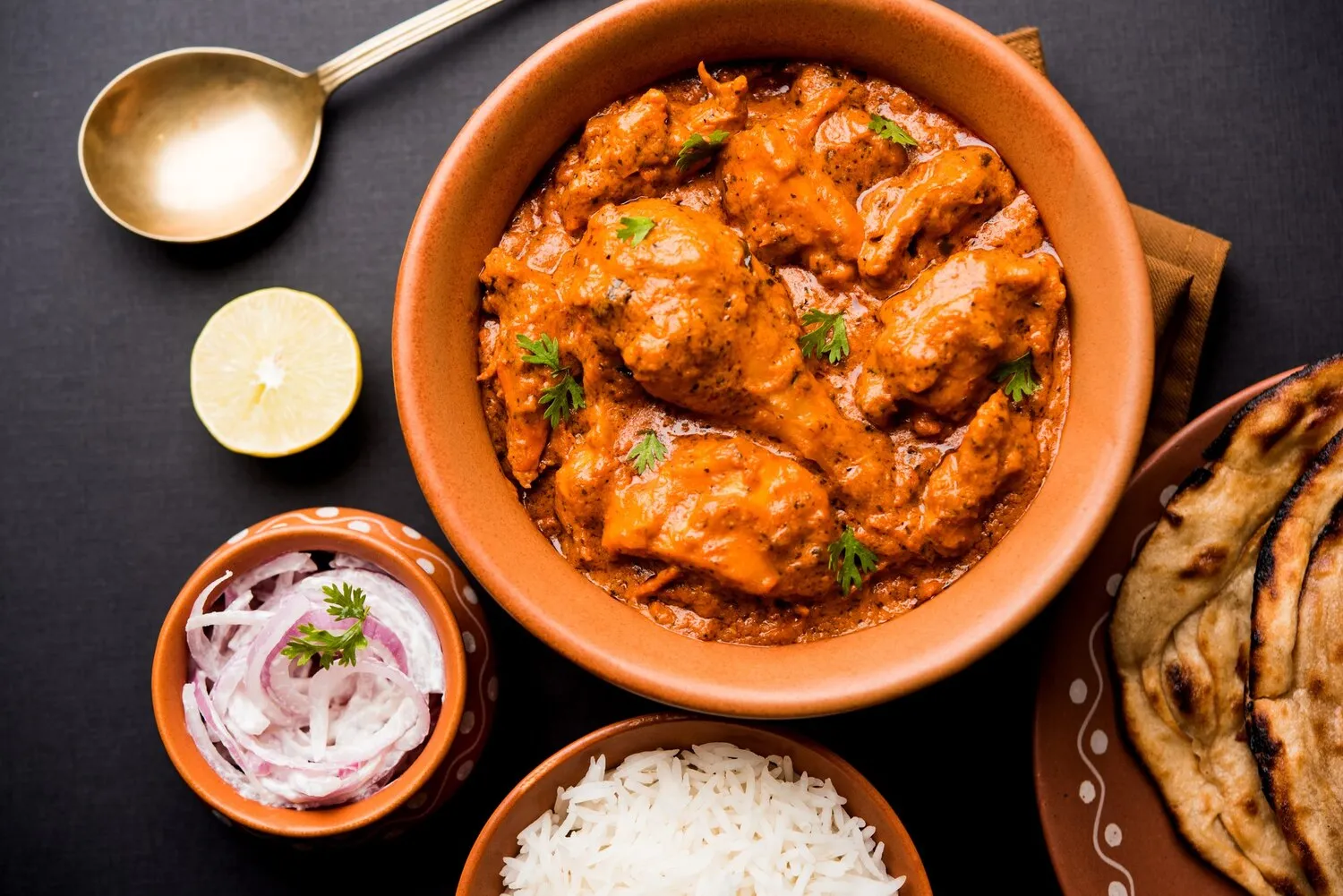
Curries
Various vegetarian curry options.
Nutrition Facts
* The % Daily Value (DV) tells you how much a nutrient in a serving of food contributes to a daily diet. 2,000 calories a day is used for general nutrition advice.
The history of curry is deeply intertwined with the history of the Indian subcontinent and the spice trade. The term 'curry' is a Western adaptation of the Tamil word 'kari,' meaning 'sauce.' While the concept of spiced stews existed in India for centuries, the British colonial period significantly shaped what we now recognize as curry. The British East India Company, seeking to recreate Indian flavors back home, popularized the use of curry powder, a blend of spices that simplified the complex art of Indian cooking. Vegetarian curries have ancient roots, influenced by religious beliefs like Hinduism and Jainism which advocate for non-violence and vegetarianism. The availability of diverse vegetables and legumes across the subcontinent contributed to the vast array of vegetarian curry preparations.
Vegetarian curries hold significant cultural importance in India, deeply rooted in religious beliefs, regional cuisines, and social customs. They are not just a meal but a reflection of heritage, hospitality, and dietary practices.
Religious Significance
Hinduism and Jainism, with their emphasis on ahimsa (non-violence), have contributed to the widespread popularity of vegetarianism and, consequently, vegetarian curries. Many Hindu festivals and religious ceremonies feature vegetarian curries as part of the prasad (offering).
Regional Variations
Each region of India boasts its own unique style of vegetarian curry. For example, South Indian curries often incorporate coconut milk, curry leaves, and mustard seeds, while North Indian curries may be richer and creamier, using dairy products and nuts.
Social Customs
Serving a variety of vegetarian curries is a sign of hospitality and generosity. Vegetarian meals are often served at weddings, festivals, and other special occasions. In many Indian households, specific vegetarian curries are prepared on certain days of the week for religious or family traditions.
Dietary Practices
Vegetarianism is a common dietary practice in India, with a significant portion of the population adhering to a vegetarian lifestyle for religious, ethical, or health reasons. Vegetarian curries form a staple part of their diet, providing essential nutrients and flavors.
Vegetarian curries are characterized by a vibrant blend of spices, vegetables, and legumes, creating a complex and aromatic flavor profile. The flavors can range from mild and creamy to fiery and intensely spiced, depending on the region and ingredients used.
Common spices include turmeric (for color and earthy flavor), cumin (for warmth), coriander (for citrusy notes), ginger (for warmth and slight spice), garlic (for pungency), chili peppers (for heat), cardamom (for sweetness and aroma), cloves (for warmth), cinnamon (for sweetness and warmth), and mustard seeds (for a pungent, nutty flavor). Vegetables such as potatoes, cauliflower, spinach, eggplant, okra, peas, carrots, and tomatoes are frequently used. Legumes like lentils, chickpeas, and beans provide protein and texture. Coconut milk adds richness and creaminess to many South Indian curries. Yogurt, cream, or nuts (like cashews) can be used to create a smoother texture. Tamarind or lemon juice provides a tangy counterpoint to the richness of the dish. Garam masala, a blend of ground spices, is often added at the end of cooking to enhance the aroma and flavor.
Spice Blending
Toast whole spices before grinding them for a more intense flavor. Experiment with different spice combinations to create your own unique curry blends.
Building Flavors
Sauté onions, ginger, and garlic in oil or ghee until golden brown to create a flavorful base for the curry. This process, known as 'bhuna,' is crucial for developing the depth of flavor.
Vegetable Selection
Choose fresh, seasonal vegetables for the best flavor and texture. Consider the cooking time of each vegetable and add them to the curry accordingly.
Liquid Consistency
Adjust the amount of liquid (water, broth, coconut milk) to achieve the desired consistency. Some curries are thick and stew-like, while others are thinner and more like a sauce.
Flavor Balancing
Balance the flavors by adjusting the amount of salt, sugar, and sour ingredients (tamarind, lemon juice) to suit your taste. A well-balanced curry should be savory, spicy, and slightly tangy.
Explore additional Indian dishes and restaurants
Explore IndianDiscover top dining spots and culinary experiences in Stirling.
Explore StirlingLearn more about the food culture, restaurant scene, and culinary heritage of Scotland.
Explore Scotland
